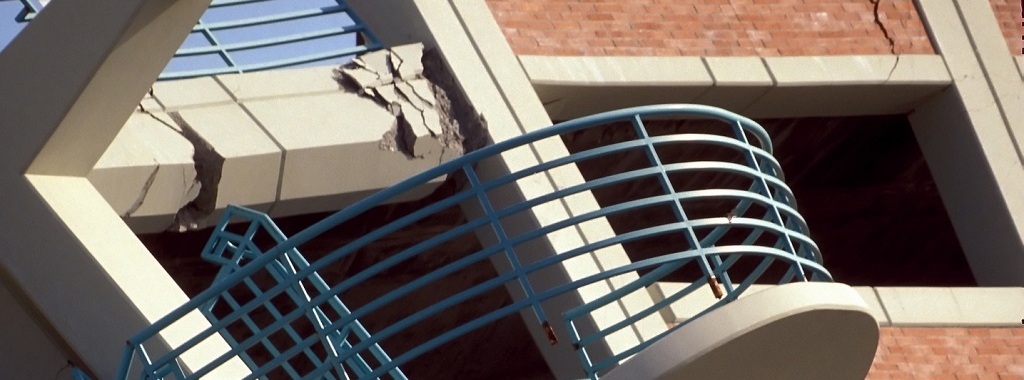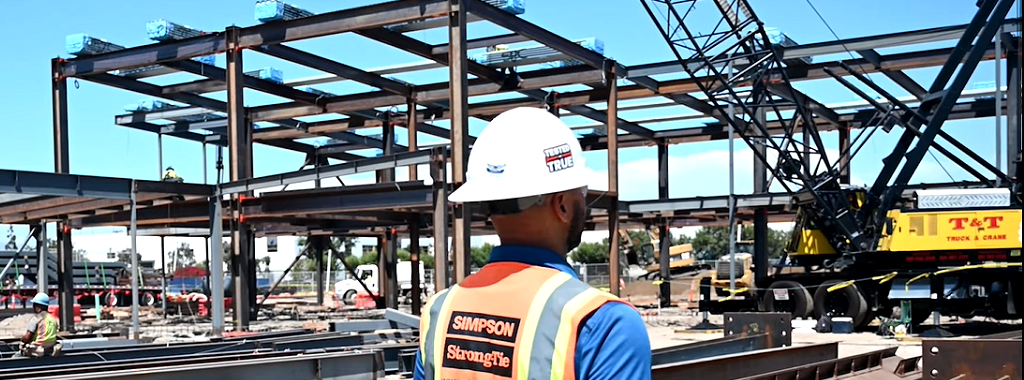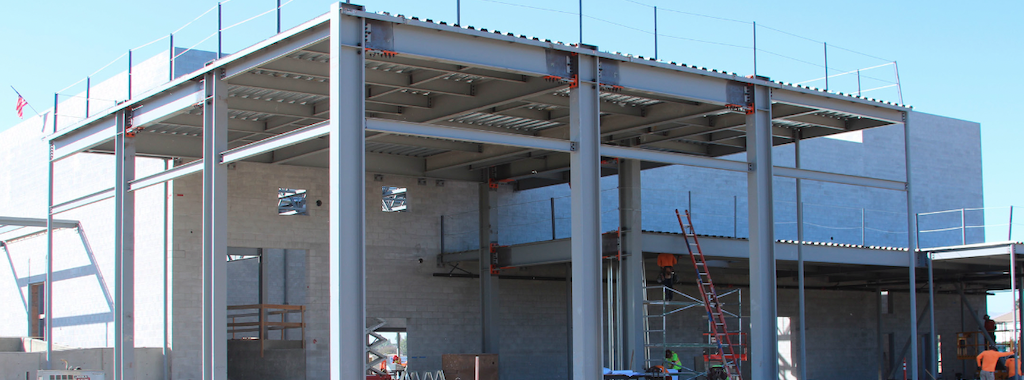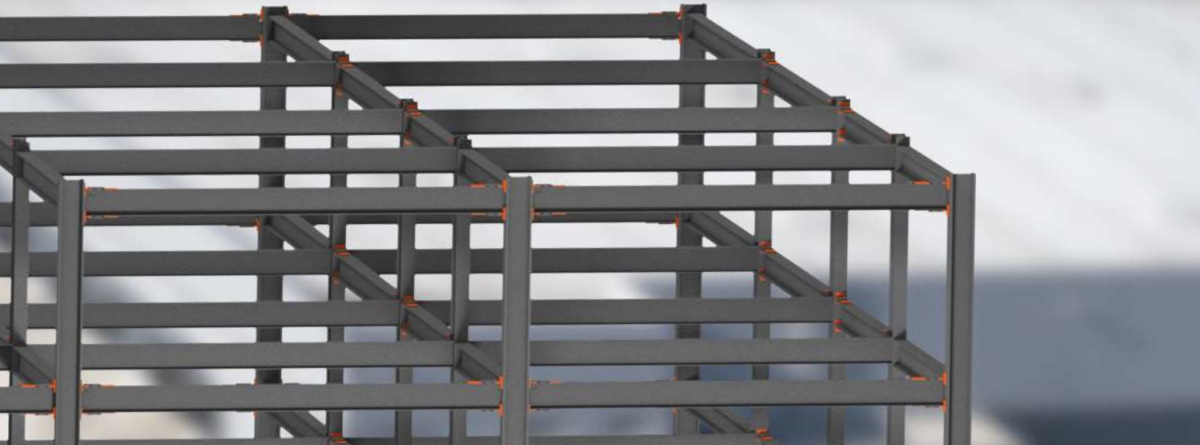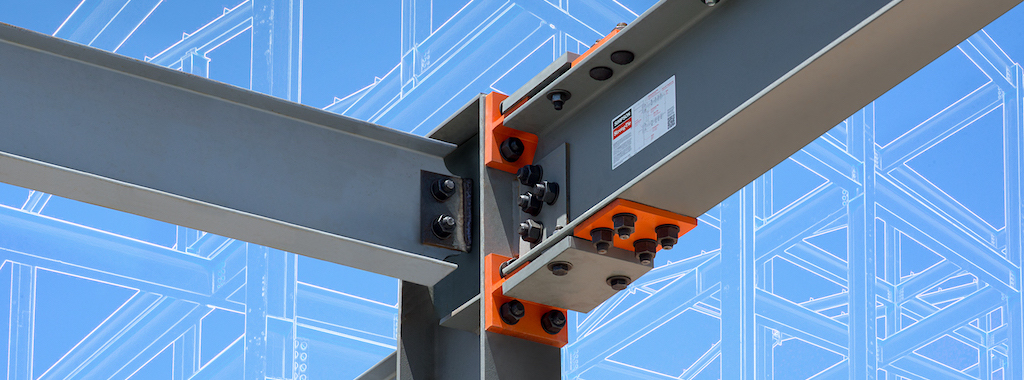Rachel Holland, a Simpson Strong-Tie engineer, reflects on the profound impact of the Northridge earthquake in Southern California on January 17, 1994. Living just 8 miles from the epicenter, the earthquake shaped her perspective on natural disasters and inspired her journey into engineering. In an interview, she shares her vivid memories of the chaos, destruction, and challenges faced during the aftermath. Hear how this seismic event played a pivotal role in shaping Rachel’s career and influencing her commitment to structural engineering.
Tag: yield-link
Tenth Day of Trivia — Shearwalls
The Simpson Strong-Tie Strong-Wall® shearwall was introduced in 1999. The 1997 Uniform Building Code had incorporated restrictive 2:1 aspect ratio requirements for wood structural panel (WSP) shearwalls in high seismic areas. We conducted extensive cyclic testing of complete wall systems (not just components) to prove that narrow Strong-Wall shearwalls achieved the high performance required for seismic and wind designs.
Simpson Strong-Tie® Yield-Link® Moment Connection Case Study: Rose Avenue Elementary
Structural engineers for the Rose Avenue Elementary School project in Oxnard, California, a high seismic zone, chose to switch from special moment frames requiring welded connections to the Simpson Strong-Tie Yield-Link moment connection, which features bolted connections instead of onsite welding. This case study shares the experiences of structural engineers, fabricators and other project partners utilizing this innovative solution for structural steel construction.
Spotlighting Our Yield-Link® Moment Connection: Three Project Cases
Our Yield-Link connection is precision-made to meet the tough demands and increased loads of structural steel construction. From building owners to engineers, to contractors and fabricators, the Yield-Link’s state-of-the-art design saves everyone time and money — while providing a connection that keeps structural steel buildings strong and safe.
Yield-Link® Moment Connections in the Great White North
Resiliency is a term which is becoming more commonplace within the field of structural engineering, not just in North America but worldwide. As part of a nation that prides itself on being progressive, engineers in seismic zones of Canada are already exploring innovative solutions that may help create economic structures with resiliency in mind. But what do we mean by resiliency?
In the fields of engineering and construction, resiliency is the ability of a structure to absorb or avoid damage without suffering complete failure. Structural resiliency is the ability of a building or structure to remain sufficiently sound and intact following a shock event as to allow rapid resumption of normal use.
No Surprises: Rule Steel Speeds Detailing and Fabrication for Oregon Events Center with Yield-Link® Technology
Massive amounts of timber. Tons of structural steel. Envisioned as the centerpiece of a revitalized fairgrounds complex in Washington County, Oregon, the Wingspan Conference And Event Center due to open in summer 2020 includes a high-tech 39,000-square-foot expo hall with 30ʹ ceilings, a rooftop solar array, a 13,000-square-foot conference center to accommodate trade shows, corporate meetings, and seminars, and a materials list of building products to rival any commercial or civic construction project.
Get Plugged Into Structural Steel Designs With Yield-Link Plugin Tools
With the introduction of the Simpson Strong-Tie Yield-Link® moment connection for steel construction, the engineering and software development teams at Simpson Strong-Tie created multiple design tools to support users in their specification of the Yield-Link technology. These tools range from a connection modeling guide and plugins for designers to detailing software add-ins for detailers. Below is a brief introduction to these tools for the different trades.
Questions Answered: Yield-Link® Connection for Steel Construction
In this post, we follow up on our May 2 webinar, Seismic Resilience and Risk Assessment of the Yield-Link® Connection for Steel Construction, by answering some of the interesting questions raised by the attendees.
During the webinar, we discussed how to achieve seismic resiliency in steel construction with our Yield-Link connection for steel special moment frames and the Seismic Performance Prediction Program (SP3) by Haselton Baker Risk Group. In case you weren’t able to join our discussion, you can watch the on-demand webinar and earn PDHs and CEUs here.
As with our previous webinars, we ended with a Q&A session for the attendees. Jeff Ellis, our Director of Codes and Compliance, and Curt Haselton and Jared Debock, from Haselton Baker Risk Group, answered as many questions as they could in the time allowed. Now we are back to recap some of the more commonly asked questions and their answers. If you’re interested in seeing the full list of questions, click here.
Continue Reading
Questions Answered: Strong-Wall® Site-Built Portal Frame System
In this post, we follow up on our April 17 webinar, Meeting Braced-Wall Requirements: A New Portal Frame Solution, by answering some of the interesting questions raised by attendees.
During the webinar, we discussed how the Strong-Wall site-built portal frame system (PFS) provides designers, builders and contractors in prescriptive jurisdictions with a new alternative to IRC wall-bracing methods. In case you weren’t able to join our discussion, you can watch the on-demand webinar and earn PDHs and CEUs here.
Continue Reading
Webinar: Resilient Design with Steel Frames
This blog was co-written for the webinar by Curt Haselton, Ph.D., P.E., Founder and CEO Haselton Baker Risk Group and Jeff Ellis, P.E., S.E., SECB, Director of Codes and Compliance at Simpson Strong-Tie.
Continue Reading



